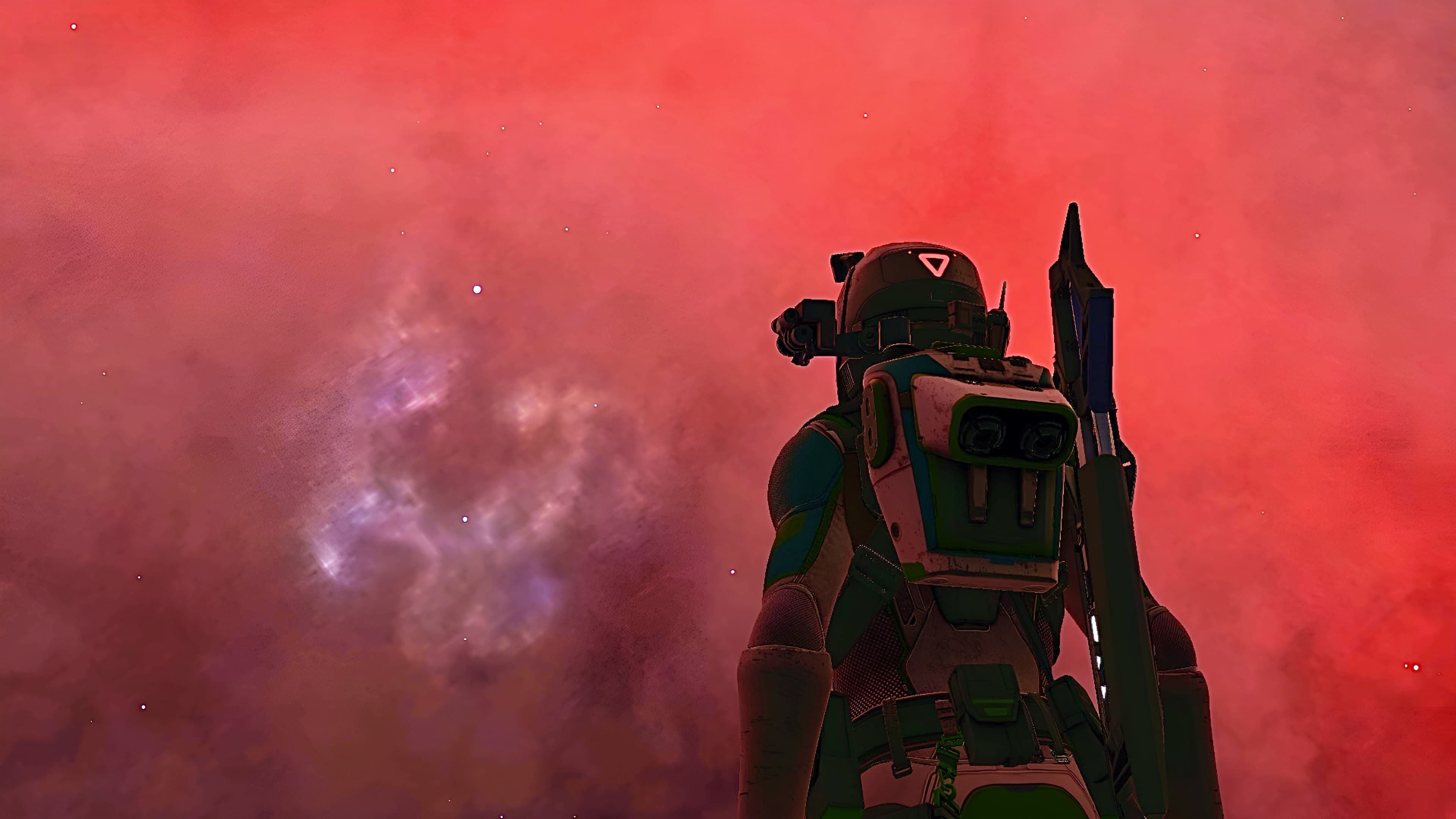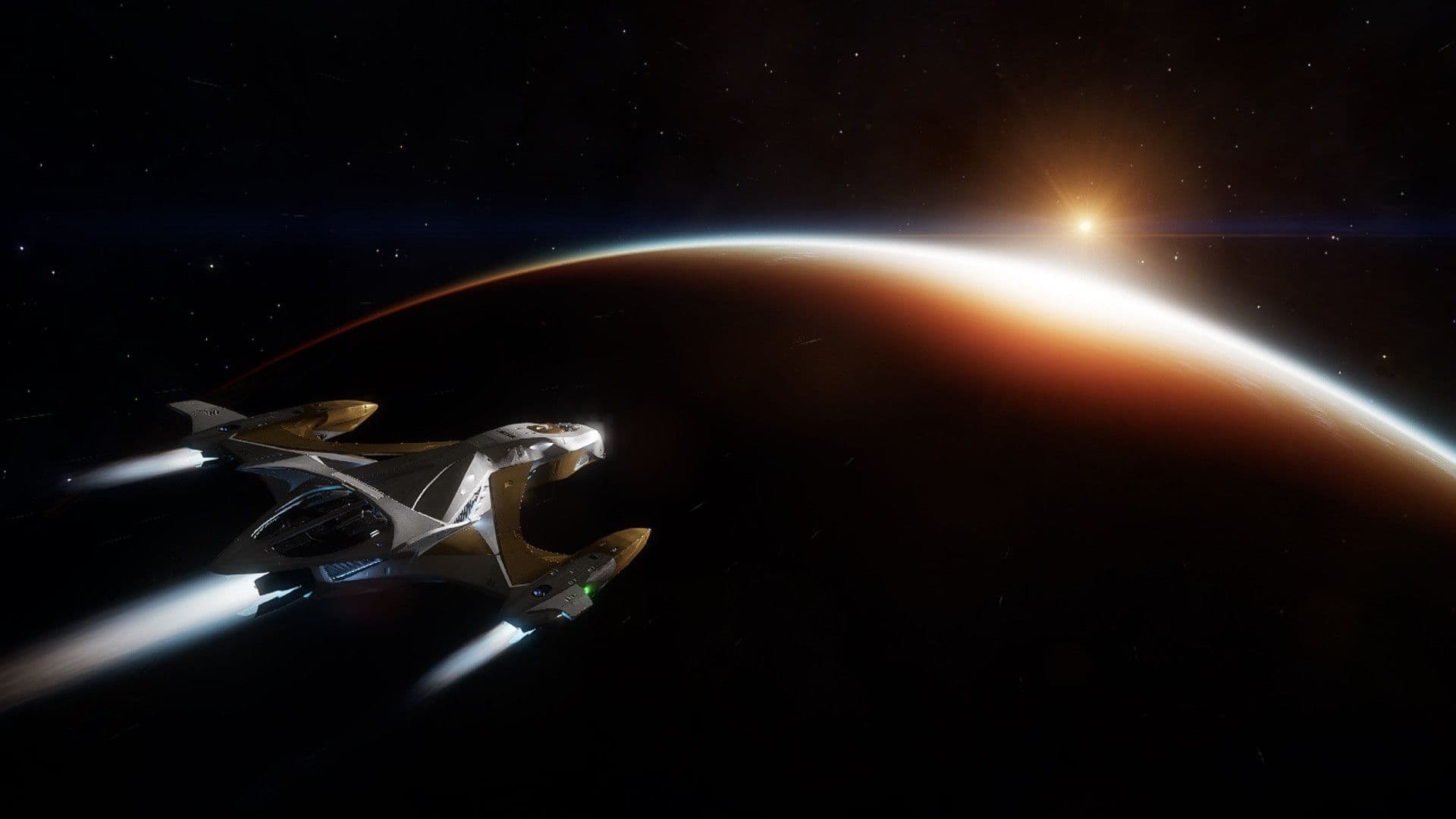The Second Thargoid War: A Commander’s Tale
I can still feel it, the weight of those days. The air, thick with tension, buzzing with reports that sounded more like warnings than news. I was just a Commander—just another pilot. But when the Thargoids came, everything changed. And I, like so many others, was swept into the war, thrust into the fires of an invasion we never thought would come.
I remember the first attack. It was so sudden, so brutal. One moment, everything was fine—the usual patrols, the quiet hum of the engine in my cockpit. The next, the skies themselves seemed to tear open. The Thargoid interceptors dropped into our space like dark shadows. No warning, no chatter on the comms. Just chaos.
We scrambled. At first, I thought it was a fluke, a rogue attack. It wasn’t. These were the Thargoids, relentless and relentless. Their interceptors were sleek and deadly, their threats more than real. They tore through our fleets, vaporizing ships as though they were nothing more than paper. There was no time to think, only to react. I can still hear the shrill sound of the scanner pinging, knowing that death was close behind.
The war wasn’t just fought in the skies. We had to protect humanity’s way of life. Space stations were taken down, colonies wiped out. We weren’t just defending ourselves from an enemy; we were fighting for the future of everything we knew. The real horror was that they didn’t stop. It wasn’t a skirmish or a raid. It was an all-out war.
I’ll never forget the moment we decided to repel them. We gathered our forces, our wings—everything we had. A ragtag group of pilots, desperate but determined. We joined fleets at Pleiades, Taranis, HIP 22460, and countless other battlegrounds. The Ax Combat units were some of the fiercest and most skilled, but even they had their hands full. Still, we pressed on, relentlessly.
Each day, we learned something new about the Thargoid ships, their patterns, their weaknesses. And each day, it felt like we were losing more ground. There were moments when I thought we might not make it. I’d see ships explode into the void, friends I’d known for years gone in the blink of an eye. There were commanders I respected, who’d taught me how to fight, now lost to the Thargoid onslaught.
But there was something else. There was hope. As grim as it was, the war brought us together in ways I’d never expected. Commanders from every corner of the galaxy, every rank and faction, united against the Thargoid invaders. We had no choice but to fight, and fight we did. The hardest part wasn’t the fighting itself—it was the toll it took on you, mentally, emotionally. The weight of seeing so many ships fall, knowing that in the end, we might not have enough firepower to push them back.
But we kept at it. It was in the small victories that we found our strength. The first time we managed to take down a Hydra, the joy and adrenaline of that moment was something I’ll never forget. We celebrated, but even then, I knew the Thargoids weren’t done with us. This was far from over.
The turning point came when we finally got access to the new weaponry and tech—specifically, the Xeno scanner and the Caustic sink. These tools weren’t just a game-changer; they were a lifeline. We learned how to damage their hulls, how to adapt, how to fight back with a precision we didn’t have before. And with that, we struck back harder than ever.
The final assault on their base, on Thema and Pleiades Sector, was the most intense battle I’ve ever been in. We launched everything we had. Fighters, missiles, flak—every trick in the book. I can still remember the moment the last Thargoid capital ship went down, its massive structure shuddering as it collapsed into itself, a dead weight floating through space.
But the cost was high. We lost commanders, ships, and civilians. The scars of war didn’t heal immediately, and the haunting memories of the battles would stay with us. There were times I couldn’t sleep. I still hear the hum of the engines and the echo of weapons fire in the back of my mind. Even after all was said and done, after the Thargoids retreated, I knew that we’d won—but at a great price.
The Second Thargoid War left us all scarred in different ways. Some carried physical injuries, others mental. It didn’t matter who you were—war changed you. The only thing we could hold onto was that we fought for something larger than ourselves. We fought to protect the future of humanity, and that fight, as painful as it was, gave us hope.
Today, the Thargoids are gone—at least for now—but the memories linger. Every time I look up at the stars, I remember the sound of gunfire, the flashing lights of explosions, and the faces of those who fought beside me. But I also remember the victory. And I’m proud of it. We stood against the Thargoid menace, and together, we won.
The scars remain, but so does the strength of our unity. And that’s what will carry us forward, no matter what the future holds.


















